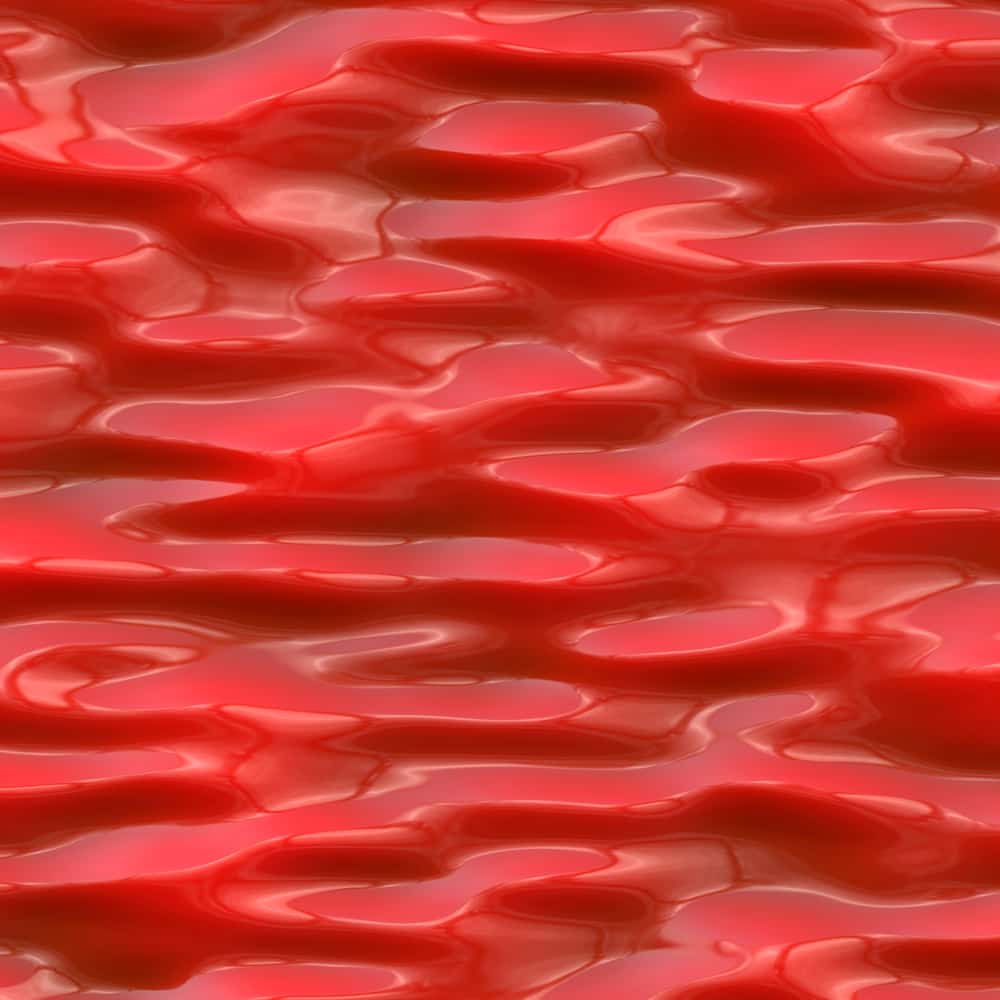Does paint thinner melt plastic? This is one of the most important questions when looking for paint thinner for plastic surfaces.
The truth is that paint thinner encompasses different solvent solutions, and to answer the question, we will have to look at different thinners and the effect of each paint thinner on plastic later in the post.
So, let’s get right into it!
Will Paint Thinner Melt Plastic?
It depends on the type of plastic in question. For example, paint thinners can melt soft plastic bottles, plastic containers, pool noodles, etc. – examples of soft plastics include polyethylene and styrofoam. However, they cannot melt hard plastics. This is why most thinners come packaged in hard paint thinner plastic containers.
What are the Different Types of Paint Thinners?
A paint thinner is a solvent solution used to dissolve and thin paint making it less viscous so it can be applied to surfaces evenly.
After use, thinners also clean painting tools such as sprays, rollers, and brushes. Also, they can be helpful when removing paint from different types of surfaces.
There are different types of thinners, and they are generally classified as organic and inorganic solvents. Some of the most common thinners widely used include:
- Paint thinner.
- Naphtha
- Turpentine.
- Lacquer thinner.
- White spirits.
- Mineral spirits.
- Xylene.
- Denatured alcohol.
Organic Solvents and Aggressive Solvents in Paint Thinners?
Organic Solvents
Organic solvents are solvents (liquids) that contain carbon-based structures. They dissolve various substances and materials, including resins, oil-based paints, and waxes.
Common examples of organic solvents primarily used in paint thinners include acetone, ethers, and alcohols.
Organic solvents generally do not react with the substances they dissolve, give off no fumes, and have fewer VOCs (volatile organic compounds) than aggressive solvents.
Aggressive Solvents
Aggressive solvents can contain organic or inorganic components. The main property of these solutions is that they are very strong and aggressive in dissolving different materials.
These solvents can dissolve substances at a quicker rate. The solvents may also react with the dissolved substance, producing fumes and vapor.
Since these solvents are more aggressive, they require extra protection when handling, using, and storing them.
How do Different Paint Thinners React with Plastic?
As discussed above, there are various types of paint thinners. To properly answer the question, will paint thinner eat through plastic? It might be better to look at each specific thinner and how it reacts to plastic.
Will mineral spirits melt plastic?
Mineral spirits can melt some types of plastic. For instance, mineral spirits can eat through ABS – Acrylonitrile Butadiene Styrene – plastics. They can also melt and dissolve low density polyethylene plastics such as styrofoam.
This solvent can break the chemical bonds in ABS plastic and its physical properties.
It is important to remember that not all plastic can be destroyed by mineral spirits. HDPE – High Density Polyethylene – is solvent resistant, which is why it can be used in making plastic containers that can store this type of solvent.
Will lacquer thinner melt plastic?
Lacquer thinners are very aggressive and can melt plastic surfaces. This is why most manufacturers do not recommend storing the thinner in plastic unless it is the one the thinner came in. Most manufacturers package lacquer thinner in glass bottles or steel containers).
Due to the high vapor pressure and its flammability nature, using this solvent on plastic is not recommended.
Will turpentine melt plastic?
No, turpentine is not able to melt or dissolve most plastic materials. However, it can damage and even melt soft plastics (e.g., styrofoam).
Turpentine will not melt regular and hard plastics. However, it is important to note that excessive use of turpentine on any plastic surface may cause chipping or discoloration in the long run.
Will paint remover melt plastic?
Most chemical paint strippers, i.e., paint removers, will melt organic materials such as ABS plastic. Paint removers will not melt high density polyethylene plastics.
Since many different types of paint removers are available on the market, you should choose one that is organic and mild when looking for a remover you can use on plastic.
Will rubbing alcohol dissolve plastic?
Rubbing alcohol can only dissolve soft and ABS plastic materials – using it on regular and hard plastic surfaces is okay.
Before using it on your plastic surface, it is important that you first test it out. Take a rag, dab the solution, and apply it to a small area on the surface.

Give it a few minutes to see if it will react with the surface. If it does not, you can safely use rubbing alcohol on the plastic surface.
Will acetone melt plastic?
Acetone is an aggressive solvent – found in various substances, including paints, thinners, nail polish removers, and industrial cleaners – that can melt various plastics.
When this solvent is applied to a plastic surface that is susceptible to it, the acetone molecules will bond to the polymer chains of the material.
When this happens, the polymer chains are broken down into monomers and can not bond with each other. This degradation of the polymer chains to monomers results in the plastic material dissolving.
Does nail polish remover melt plastic?
Yes, nail polish remover can damage some plastic materials, especially soft and LDPE – low-density polyethylene – plastics.
The main reason is that in most nail polish removers, the main active paint stripper component is acetone. The acetone poses the risk of damage to the plastic, as we discussed above.
However, it is still important to note that not all nail polish removers contain acetone. Acetone-free removers tend to be less aggressive and damaging to plastics.
Do cellulose thinners affect plastic materials?
Yes, cellulose thinners (sometimes referred to as lacquer thinners) can melt and dissolve most plastic materials.
The thinners are powerful in soaking and cleaning dried paints, removing cured lacquer, and oil based paint coatings. This makes them especially useful when you want to strip paint from plastic surfaces, especially lacquer paint.
Since these thinners are very aggressive, you will notice that most manufacturers will package them in metal or glass containers.
Can organic solvents dissolve plastic?
Yes, organic solvents can dissolve plastic. However, not all of them can.
Organic solvents cover many liquids used as thinners, cleaners, and paint strippers.
While organic solvents like acetone are aggressive and can dissolve many plastic materials, less aggressive options like turpentine will only dissolve soft plastics.
Can I Use a Plastic Container to Store Paint Thinners?
It depends on the type of thinner in question. Still, it should be noted that you should never use soft plastic containers to store any paint thinner.
Most mild paint strippers can be stored in HPDE plastic containers. However, the safest option when storing paint thinners is to use the original plastic containers they came in and never change them to new ones.
If the above is impossible, or you are storing an aggressive thinner, using stainless steel storage containers is the best option.
What are the Different Ways Paint Thinners Can Affect (Damage) Plastic?
Can you use paint thinner on plastic?
The best way to know whether the paint thinner you use is suitable for a plastic surface is to try it out first. Apply the thinner to a small area of the plastic and give it a few minutes. If it does not damage the plastic, you can use it – otherwise, look for a milder option.
Various ways thinners can damage plastic
Here are some of the ways thinners can affect or damage plastic:
Melting: This is especially true when using paint thinner with thin plastics. It may also happen with regular plastics, especially if you use aggressive solvent thinners.
Discoloration: This mostly happens with hard plastics that store paint thinner for a long period.
Warping: This will happen because the paint thinner will, over a prolonged period, start chipping at the surface of the plastic container, making it susceptible to warping in those areas.
Pro-Safety Tips Using Paint Thinners on Plastic Surfaces
Safety gear: Always wear protective gear when using paint thinners on plastic surfaces. The main reason for this is that they can cause irritation to the skin and have a corrosive effect on any body part or surface they come in contact with.
Storage: When storing paint thinners, it is recommended that you only use the storage container it came with. If, for any reason, the container is unusable, find a container with similar properties or use a stainless steel container with an airtight seal.
Follow the instructions: No matter which brand or type of paint thinner you buy, the manufacturer will outline all the necessary safety and usage instruction on the label. Follow these instructions to ensure you use the thinner safely and correctly, especially when dealing with plastic surfaces.
Test the thinner before use: It is advisable to first test the paint thinner on a small area of the plastic to determine whether it will damage it before applying it to the whole surface.
Work area: Always work in a ventilated area to minimize the chances of fume inhalation.
FAQs – Does Paint Thinners Melt Plastic
What thinners have the least effect on soft plastic bottles?
Most thinners will affect soft plastic bottles. Steer clear of lacquer and acetone thinners, as these will completely dissolve the plastic. For storage, storing the thinner in the original container it came with or one with similar properties is much better.
Why use paint thinner on acrylic paints?
The main reason for using paint thinner on acrylic paints is for paint removal. Applying paint thinner to dried and cured acrylic paint coatings will soak and dissolve the paint, making it easy to wipe away.
Is acetone and paint thinner the same thing?
No, acetone and paint thinner is not the same thing. Acetone is an organic solvent commonly used to make paint thinners, nail polish removers, chemical paint strippers, cleaning solutions, etc. Paint thinners dilute (thin) paint, remove paint from surfaces, and clean painting tools after use.
Will paint thinner eat through a plastic bottle?
Paint thinner can eat through a plastic bottle if it is made using ABS or soft plastic. However, it cannot eat through a bottle made using hard plastics such as HPDE. Prolonged exposure to paint thinners may cause hard plastics to discolor, warp, or melt.
Can I use denatured alcohol to remove latex paint on a plastic cup?
Yes, you can use denatured alcohol to remove latex paint from a plastic cup, provided it is made using regular or hard plastic material. Just dab the solvent onto a rag and lightly apply it to the paint. Wait for a few minutes and wipe the paint away. Repeat this until all the paint is removed, and then immediately wipe the cup’s surface thoroughly with clean water.
Can mineral spirits damage plastic surfaces?
Yes, mineral spirits can damage soft plastics. It can not damage regular and hard plastic surfaces. However, prolonged exposure to mineral spirits can cause hard plastics to discolor and warp. Mineral spirit is widely used because it is milder than other solvent solutions. It is also more eco-friendly.
Content Summary – Paint Thinners
There are various types of paint thinners. Most of these solvents will melt soft ABS and LDPE plastic materials.
Most of them will not react with hard plastic materials. However, prolonged exposure to a paint thinner (as expected with storage of the solvents) can lead to discoloration, warping, and chipping.
Before you use any paint thinner on a plastic surface, I recommend testing it out on a small area of the surface to determine whether or not it will react with the plastic material.
Lastly, always ensure that you observe all the safety precautions outlined above and those provided by the manufacturer.
This will help you avoid any injuries to yourself or damage to the plastic material you are working on.

